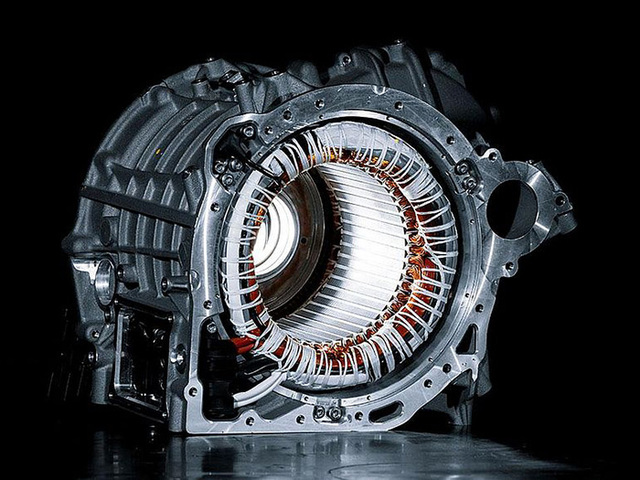
Optimizing Motor Drive Systems with WBG Switches for Reduced Losses
Introduction
Efficiency is a key consideration in motor drive systems, and advancements in technology have provided new tools to enhance this efficiency. Wide Bandgap (WBG) switches, such as Silicon Carbide (SiC) and Gallium Nitride (GaN) transistors, are revolutionizing the world of power electronics. In this blog post, we will explore how WBG switches can be used to reduce losses in motor drive systems, leading to improved performance and sustainability.

Understanding Losses in Motor Drive Systems
Before diving into the benefits of WBG switches, it’s essential to understand the sources of losses in motor drive systems. These losses can be broadly categorized into three types:
- Conduction Losses: These losses occur when current flows through the switch. They are primarily a function of the switch’s on-resistance (Rdson). Lower on-resistance results in reduced conduction losses.
- Switching Losses: Switching losses are associated with the transition of the switch between its on and off states. These losses depend on factors like switching frequency and gate drive characteristics. Faster switching times and lower gate charge reduce switching losses.
- Diode Recovery Losses: In motor drive systems, diodes are often used for freewheeling. When the diode turns off, it experiences recovery losses. The faster the diode recovers, the lower the losses.

WBG Switches and Their Advantages
Wide Bandgap (WBG) semiconductors, including Silicon Carbide (SiC) and Gallium Nitride (GaN), offer several advantages over traditional silicon-based switches. These advantages directly contribute to reducing losses in motor drive systems:
- Lower Conduction Losses: WBG switches have significantly lower on-resistance compared to traditional silicon devices. This results in reduced conduction losses and, subsequently, higher system efficiency.
- Faster Switching Speed: WBG switches can switch on and off much faster than their silicon counterparts. This leads to a decrease in switching losses and enables the use of higher switching frequencies, improving system performance.
- Higher Temperature Tolerance: WBG devices can operate at higher temperatures, which allows for better thermal management and potentially reducing the need for additional cooling systems.
- Improved Diode Recovery: SiC diodes exhibit faster recovery times compared to silicon diodes, which means lower diode recovery losses in motor drive systems.
- Reduced System Size and Weight: The enhanced performance of WBG switches allows for more compact and lightweight motor drive systems, making them suitable for various applications, including electric vehicles and industrial machinery.
Applications of WBG Switches in Motor Drive Systems
WBG switches have found applications in a wide range of motor drive systems, including:
- Electric Vehicles (EVs): WBG switches play a crucial role in the development of efficient and compact motor drive systems for electric vehicles. The reduced losses translate to longer driving ranges and faster charging times.
- Industrial Automation: In industrial settings, WBG switches help improve the efficiency and precision of motor control systems, leading to reduced energy consumption and increased productivity.
- Renewable Energy: WBG switches are used in variable-speed motor drives for wind turbines and solar inverters. Their high efficiency ensures optimal energy conversion.
- Robotics: The compact and lightweight nature of WBG-based motor drive systems makes them ideal for robotics applications, where size and weight constraints are significant.
Conclusion
Wide Bandgap (WBG) switches are transforming the landscape of motor drive systems by significantly reducing losses, improving efficiency, and enabling innovative applications. As technology continues to advance, we can expect even greater integration of WBG switches in various sectors, contributing to a more sustainable and energy-efficient future. By harnessing the power of WBG switches, we can drive our world forward with cleaner and more efficient motor drive systems.
